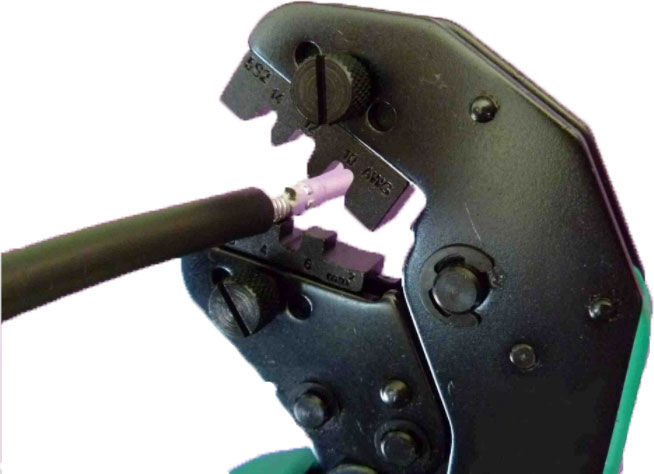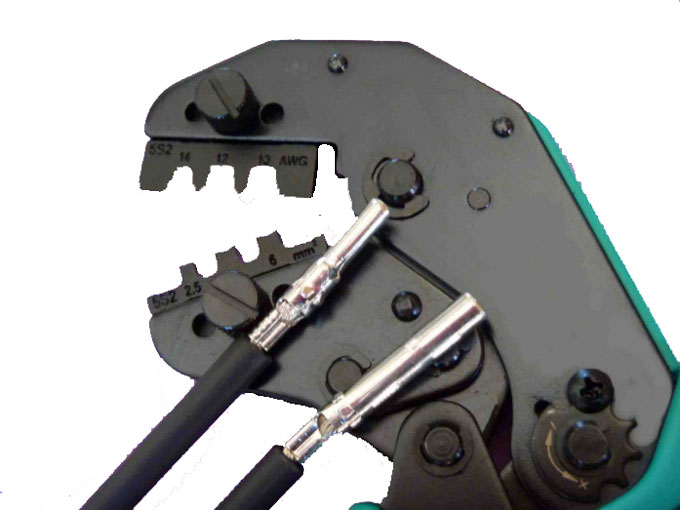Albedo
Bypass Diodes
Solar Glazing
Single Phase Versus Three Phase Power Supply
Three phase power supply
Single Phase Power Supply
Module Measurement without Load
Module Measurement with Load
[...]
 MC4 connector crimping tool[/caption]
MC4 connector crimping tool[/caption] MC4 connector crimping tool[/caption]
MC4 connector crimping tool[/caption]
David
on 01 Jul 2023